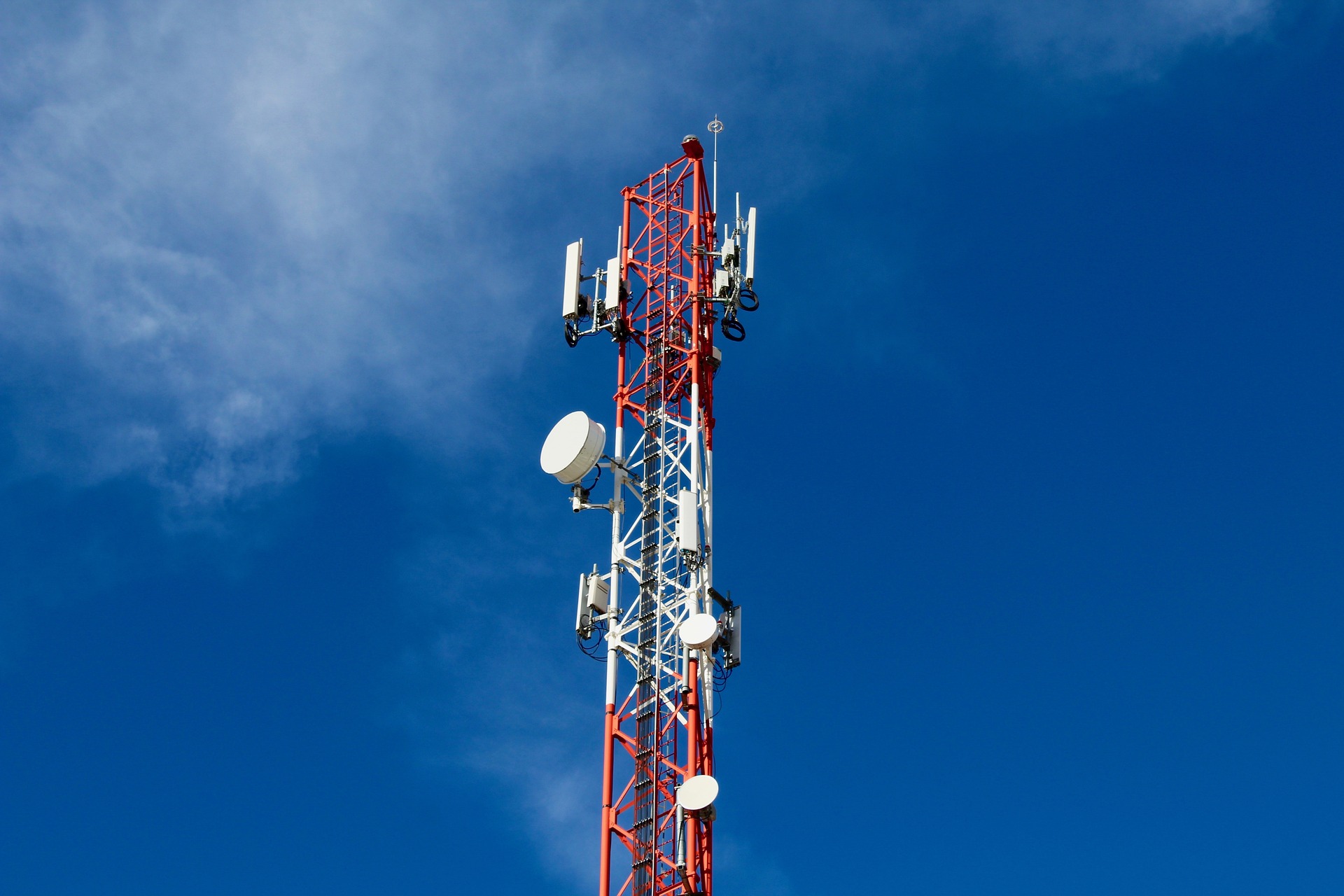Understanding the Role of Fixed Wireless Access in Modern Connectivity
In the fast-paced world of internet and telecommunications, one technology gaining momentum is Fixed Wireless Access (FWA). Let's delve into its historical context, current trends, and assess its impact on the world of connectivity. FWA is not new to the world of telecommunications. It was first introduced during the 1990s, as an alternative to wired broadband connections. Early versions of FWA provided a wireless alternative to traditional copper and cable networks, using radio signals to deliver internet services. Despite its initial promise, FWA faced challenges related to signal interference, line of sight restrictions, and high installation costs, which hindered its widespread adoption.

Modern Fixed Wireless Access
The evolution of broadband technologies and the advent of 4G and 5G technologies have paved the way for a resurgence of FWA. Today’s FWA solutions provide high-speed internet services by connecting a stationary antenna installed at a user’s home or business to a nearby base station. The modern FWA has overcome many of its initial challenges, offering higher speeds, greater reliability, and more cost-effective deployment compared to its predecessors.
Current Trends and Regulatory Changes
The growing demand for high-speed internet and the rise of remote work and learning models are fueling the renewed interest in FWA. Regulatory authorities worldwide are recognizing its potential and are releasing more spectrum for FWA deployment. For instance, the Federal Communications Commission (FCC) in the US recently opened up the 6 GHz band for unlicensed use, creating new opportunities for FWA.
Impact and Practical Applications
FWA is proving to be an effective solution for providing high-speed internet in hard-to-reach areas where laying fiber or cable is challenging or uneconomical. It is also a viable option for temporary setups, such as events and construction sites, where fixed line services are impractical. However, despite its many benefits, FWA faces challenges related to weather susceptibility, limited coverage, and competition from wired broadband and satellite internet services.
The Future of Fixed Wireless Access
As technology continues to evolve, FWA is likely to play a significant role in the future of internet connectivity. The emergence of high-capacity millimeter-wave (mmWave) technology, the development of more efficient antenna systems, and the ongoing rollout of 5G networks are expected to drive the growth of FWA in the coming years.
In conclusion, while FWA may not replace traditional wired broadband or emerging connectivity solutions, it is fast becoming a valuable part of the connectivity mix. Its ability to provide high-speed internet in diverse settings, coupled with advancements in wireless technologies, makes it a promising solution for the future of internet and telecommunications.




